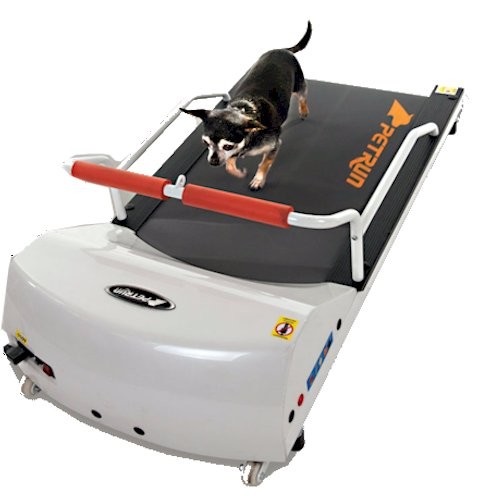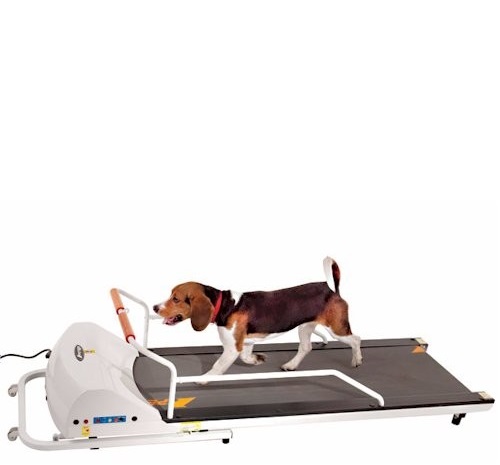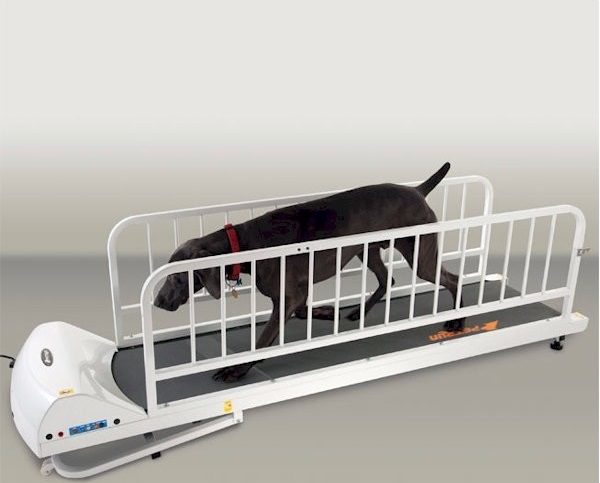Obesity in pets is a growing concern for many pet owners. Excess weight in dogs can lead to serious health problems like diabetes, arthritis, and heart disease. Finding ways to keep pets active, especially when outdoor exercise is limited, can be challenging. Dog treadmills provide an innovative solution to this issue. These devices offer a controlled and safe way for pets to stay fit regardless of weather or time constraints. With the right guidance, treadmills can be a game-changer in maintaining a dog’s overall health and weight.
The Growing Problem of Pet Obesity
Pet obesity has reached alarming levels in recent years. According to studies, nearly 60% of dogs in the US are overweight or obese. This condition not only shortens their lifespan but also diminishes their quality of life. Contributing factors include:
- Overfeeding and poor portion control.
- Lack of physical activity.
- Inadequate knowledge of proper pet nutrition.
Dog treadmills provide a consistent way to address the lack of exercise, which is a significant factor in obesity.

Benefits of Dog Treadmills
Dog treadmills are not just a novelty; they come with numerous advantages that make them a valuable tool in combating obesity.
-
Controlled Exercise Environment
With a treadmill, you can set the speed, incline, and duration of your dog’s workout. This control ensures the activity is tailored to their fitness level, age, and health needs. It’s especially useful for dogs recovering from injuries who need low-impact exercise.
-
Exercise Regardless of Weather
Bad weather often disrupts outdoor activities, leaving dogs without physical exercise. Treadmills eliminate this issue by offering a reliable indoor solution. Whether it’s raining or too hot outside, your dog can enjoy a consistent workout.
-
Convenient for Busy Owners
Modern lifestyles leave little time for extended walks or park visits. A treadmill at home allows dogs to exercise under their owner’s supervision without requiring long outings. It’s a practical option for pet parents managing tight schedules.
-
Helps with Behavior Management
Lack of physical activity often results in pent-up energy, leading to destructive behavior. A treadmill session can help burn off this energy, keeping dogs calmer and happier.
Choosing the Right Treadmill for Your Dog
Selecting the right treadmill requires careful consideration of your dog’s unique needs. Here are key factors to keep in mind:
- Size and Weight Capacity: Ensure the treadmill is appropriate for your dog’s size and weight.
- Safety Features: Look for models with side rails, non-slip surfaces, and emergency stop options for maximum safety.
- Adjustable Settings: Choose a treadmill that allows customization of speed and incline to suit your dog’s fitness level.
- Durability: Opt for a treadmill built to withstand regular and long-term use.
- Noise Level: Select a quiet machine, as loud noises may cause anxiety in some dogs.
For example, some reputable online stores like RadioFence.com feature treadmills designed with safety and durability in mind. These options often accommodate various breeds and sizes, making them a practical choice for many pet owners.
Training Your Dog to Use a Treadmill
Introducing your dog to a treadmill requires patience and positive reinforcement. Follow these steps for a smooth transition:
- Familiarize Your Dog: Let them explore the treadmill while it’s off.
- Start Slowly: Begin with short sessions at a low speed.
- Use Treats and Praise: Encourage your dog with treats and verbal praise during the session.
- Monitor Their Comfort: Always watch for signs of discomfort or anxiety.
- Gradually Increase Intensity: Over time, increase the speed and duration as your dog builds confidence.

Common Mistakes to Avoid
While dog treadmills are beneficial, certain mistakes can reduce their effectiveness or harm your pet. Avoid the following:
- Skipping Warm-Ups and Cool-Downs: Just like humans, dogs need to warm up and cool down to prevent injuries.
- Overexertion: Pushing your dog too hard can lead to stress or injury.
- Neglecting Supervision: Always monitor your dog during treadmill sessions for safety.
- Forcing Usage: If your dog shows resistance, avoid forcing them onto the treadmill.
Common Questions About Dog Treadmills
- Are dog treadmills different from human treadmills?
Yes, dog treadmills are specifically designed for canine anatomy and movement. They often feature side rails for safety and a wider, longer belt for easier movement. - Can all dogs use treadmills?
Most dogs can benefit from treadmill use, but it’s essential to consult a veterinarian before starting. Puppies, senior dogs, or pets with health conditions may need special considerations. - How long should a dog use a treadmill?
Sessions can vary based on the dog’s fitness level, but 10–30 minutes per day is a good starting point. Gradually increase the duration as they become more comfortable. - Are treadmills a replacement for outdoor walks?
No, treadmills are a supplement to outdoor activities. Walks provide mental stimulation and socialization that treadmills cannot replicate. - What if my dog is scared of the treadmill?
Introduce the treadmill gradually and use positive reinforcement. Patience and consistency are key to overcoming fear.
Help Your Pet Stay Active and Happy
Dog treadmills are a practical solution for combating obesity in pets. They provide a controlled, convenient, and safe way to ensure consistent exercise. While they are not a replacement for outdoor activities, they serve as an excellent complement, especially when weather or time is a limitation. By incorporating treadmills into your pet’s routine, you can improve their fitness, reduce health risks, and enhance their overall quality of life. Always consult a veterinarian to create a balanced exercise and diet plan tailored to your pet’s needs.

